Mischief The Prank of 2025 will redefine digital mischief with the emergence of deepfakes, AI, VR, and the Metaverse. As pranks evolve, pranksters will blur the lines of reality and creativity, meaning mind-bending experiences shall unleash an unimagined field of creativity and infinite immersion. They range from deepfake videos to personalized AI-generated pranks to virtual tricks. From playful social media challenges to Metaverse chaos, the pranks in 2025 are going to be more sophisticated than ever. With great power comes great responsibility, though: as pranks become more intense, ethical questions on privacy, consent, and psychological impact will become sharper. This post explores the changing prank landscape and what to expect from this new era of digital mischief. Whether it is a playful prankster or merely wanting to learn about the latest technology, how it will make new and changing conversations in pranking for 2025.
The Prank of 2025: A New Era of Digital Mischief
Pranks have been part of human culture for thousands of years-from harmless schoolyard tricks to more elaborate social media stunts. But with the evolution of the digital world, so too does the idea of pranks change with technology and media platforms. The “Prank of 2025” is one step ahead, a prank which blurs lines between reality, technology, and social media that were impossible until now. Here’s what pranks will be like in 2025:

The Next Generation of Pranks: Deepfakes
One of the major changes in the prank world over the past years was deepfakes. Deepfakes use AI for the creation of highly realistic videos or audio that replicates a real person. Now, it is no surprise that such technology would have become more sophisticated and easily available. Thus, the fact that the deepfake technology has even gone more advanced and easier to access, it’s no wonder that it would be quite pivotal in the prank world this 2025.
Imagine that some celebrity appears to be endorsing some outrageous product, like a wearable air conditioner which can supposedly keep you cool even in the middle of the desert. The video would be so realistic that it could fool millions of viewers into a social media frenzy. While this prank might seem harmless at first, the real kicker is the aftermath: the confusion and embarrassment that the celebrity faces when they reveal it was all a hoax.
By 2025, pranksters will probably combine deepfake technology with viral trends, making the most elaborate hoaxes blur the lines between reality and fiction. Such pranks will be effective only to the extent that people trust digital media, so they will be more effective and harder to distinguish from real-life events. Ethical debates about deepfake pranks have already begun, and many are worried about spreading misinformation and harm. But as long as the technology is accessible, it’s clear that deepfake pranks are here to stay.
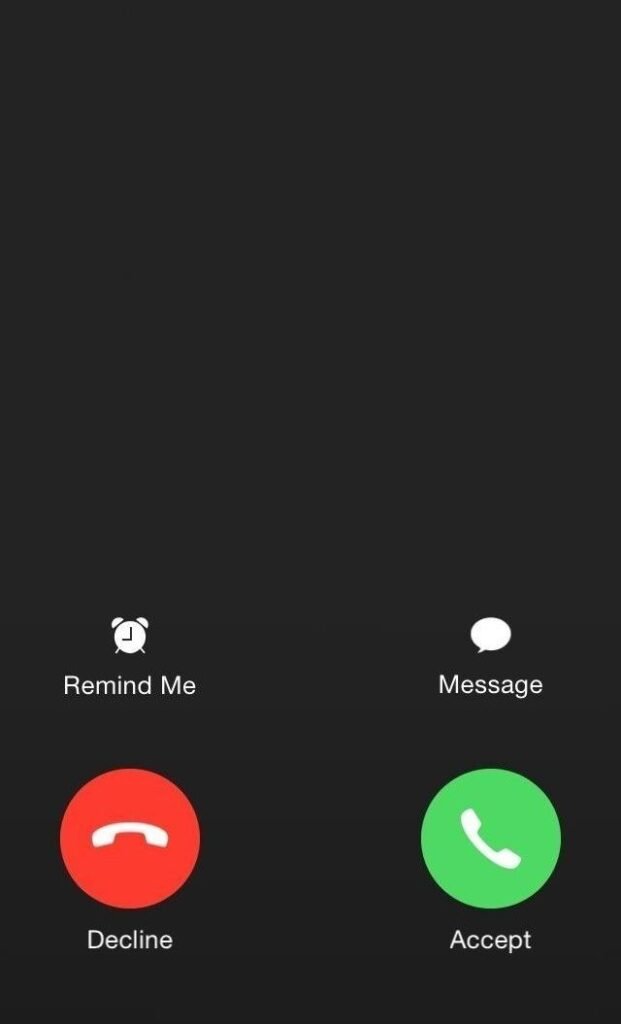
Pranks in VR: A New Dimension of Mischief
Pranks in virtual reality (VR) are also another frontier that awaits pranksters in 2025. Since VR is becoming much more mainstream and accessible, you can think about reaching a completely new level as a prankster. Imagine a scenario where you are in some virtual world enjoying a fun game of multiplayer games with friends. The environment around you suddenly starts to glitch. You are taken to a dark, eerie location, and for a moment, you think your game is malfunctioning. As your friends start panicking, you realize it’s all part of a well-orchestrated prank.
The pranks in VR will be able to make a person believe they are entering an entirely different reality. The psychological effect of disorientation can be very powerful. It could be horror, making you go into a haunted house in a virtual environment or a strange simulation where reality twists and warps. It is going to deliver an immersive, mind-bending experience far beyond the realm of traditional pranks.
On the other side of this coin are motion sicknesses and even panic. Not all react alike to the same VR experiences. Some would get overwhelmed, hence, at their most realistic forms, this is a problem to consider.
Therefore, consider the victim while engaging in this form of prank activity and make sure that the prank in question is good fun but does not cause a permanent memory or a lingering sore spot.
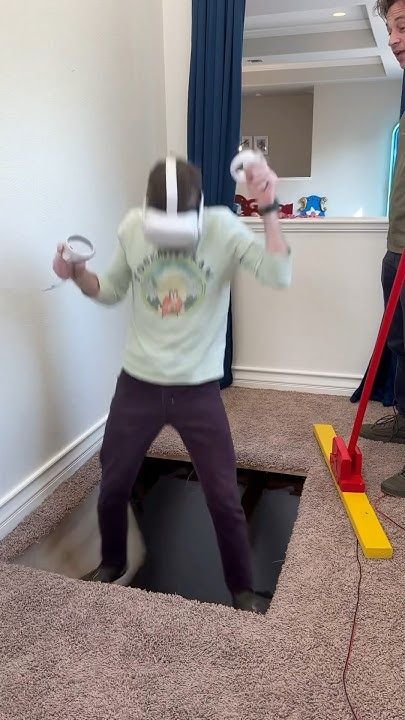
AI-Generated Pranks: It’s Going All the Way to an All-New Dimension of Personalization
In all probability, AI will be beyond the horizon of deepfakes and virtual reality when it would mimic a person’s fears, quirks, and preferences by designing appropriate pranks to suit by around 2025. It would access data culled from the user’s social media profile, all logged chats, and other behaviour exhibited by the user in cyberspace.
For instance, it can write a text conversation apparently from a close friend or family member but has weird, nonsensical statements that the recipient will start to question what is real. It could mimic the style of the person it is impersonating so well that the victim of the prank will not know they are being pranked until it’s too late.
The second viable scenario is ghost calls by AI-the seemingly calls of governmental institutions like a bank or government institution that deliver rather absurd or incomprehensible information. Such calls may be set up to heighten the level of panic and anxiety so that bring home the punch. What it would mean to understand human behavior, apart from reproducing it, is pranksters will not settle for blanket tricks where one feels each pranking activity uniquely personalized.
Of course, it also raises some concerns about privacy and data security. What other risks could there be to our digital identity if AI can be used for pulling off such personalized pranks? As much as AI is a tool for mischief, it brings with it the whole gamut of ethical dilemmas on issues of consent, privacy, and manipulation.
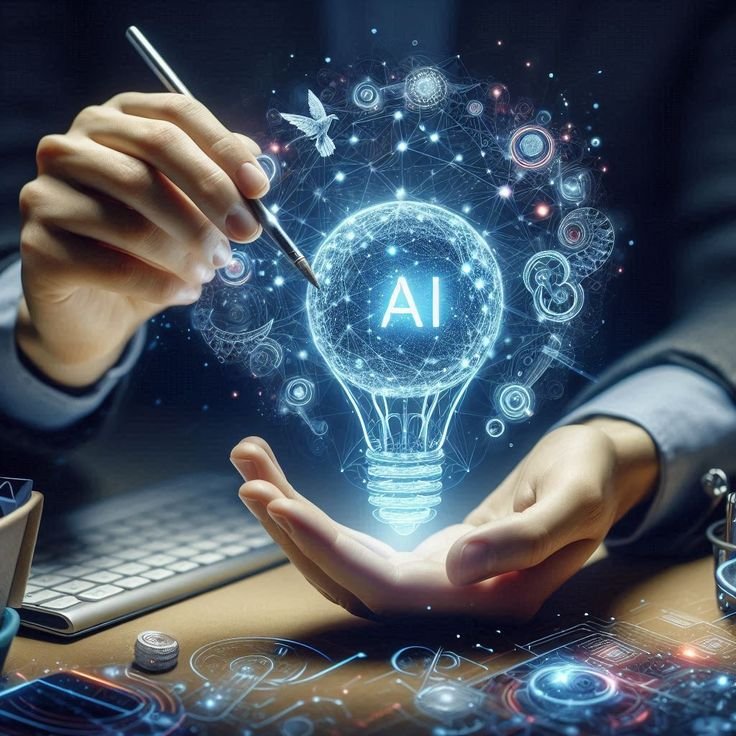
The Metaverse and the Evolution of Digital Pranks
The Metaverse is a collective virtual shared space where users can interact with each other and computer-generated environments. It is fast becoming a platform for socializing, gaming, and working. By 2025, it’s expected that the Metaverse will be even more developed, offering a highly immersive experience for its users. This creates a whole new avenue for pranks, where the physical and digital worlds collide.
Imagine this: you are at a virtual event or meeting in the Metaverse when suddenly avatars change for everyone into outrageous forms, such as giants with chicken heads or avatars becoming animated versions of some of the most celebrated historical figures. It would be both funny and eerie to see users react to the chaos of trying to figure out what is going on and whether it is a glitch or a ‘pranked’ move. In this virtual space, pranks can be much more dynamic and unpredictable, including an element of unpredictability that might even make the most savvy prankster sweat over it.
Environmentalized parts of the Metaverse pranking could then move beyond merely just visual fooling. Instead of that, such a pranking, for example, could bring some participants to unfamiliar virtual realities thought to be a threat or worse, before springing the twist as all along merely a simulation. Such an affair, being largely ‘real’ while immersed into this Metaverse setting, pushes that joke punch across quite well.
However, although VR pranksters are risky, Metaverse carries the same risks. Virtual environments have increasingly become spaces for work or socialization purposes. Pranksters may start pushing and end up on the wrong end of distress and confusion or the violation of agreed terms of services. As their virtual lives progress day by day, the digital pranksters now have to stay within boundaries even in these seemingly virtual spaces because they fear the limits against ethics.
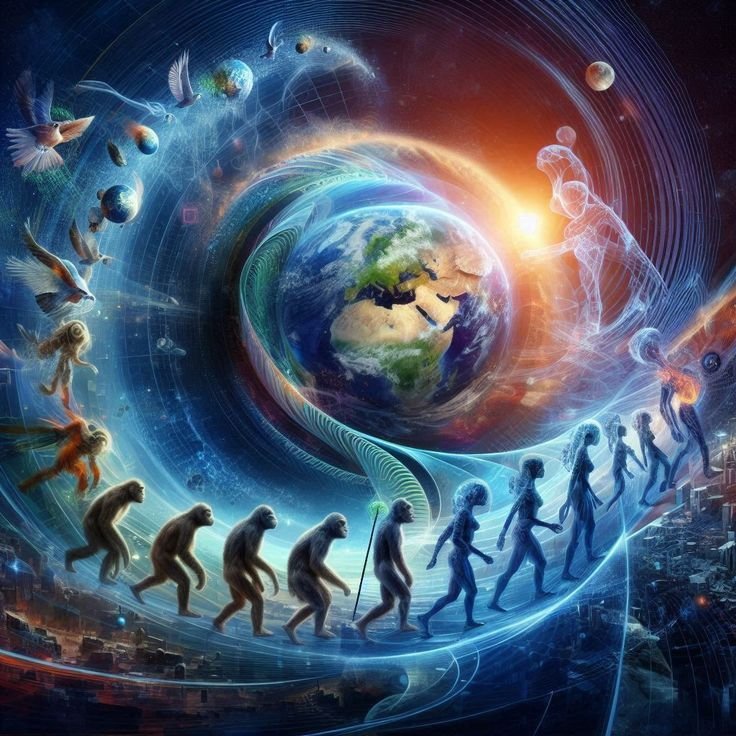
Social Media and the Power of Trend-based Pranks
Social media has provided a breeding ground for pranks such as the “Ice Bucket Challenge” or the “Tide Pod Challenge.” This is 2025, where pranks on social media are going to be even more intertwined with real-time data and algorithms determining what becomes viral and at what time. Imagine a prank that attacks the entire social media platform and has a temporary trend of weird behavior or coordinated action that baffles the masses.
Another place the trend of pranks will be influenced is by the influencers and stars. They have millions of followers and can kick off viral pranks, which many will follow in pursuit. This may include absurd challenges or fake collaborations, all part of the aim to entertain and confuse.
However, in 2025, the undertones in social media pranks would be serious. For instance, commenting on a social, political, or environmental issue pranks may jest at such heavy issues as a means of getting people to think or talk. It would target a change in one’s perception about key matters.

Ethics of Pranking in 2025
As pranks become more technologically advanced, lines that differentiate playful banter from malicious mischief blur. Ethical implications of pranking will be at the forefront of every discussion in the year 2025. As pranks are able to influence emotions, alter perceptions of reality, and even disrupt people’s daily lives, they would require responsibility that was not required a few decades ago.
Pranksters will need to consider the psychological impact their pranks might carry, especially deepfakes and AI. What’s harmless fun to one might provoke stress, confusion, and even harm another. Just as pranks evolve, so does the border of discussion about them.
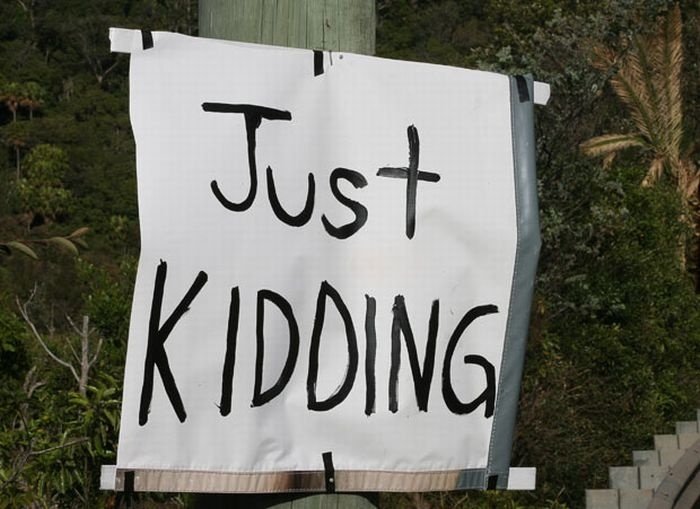
Conclusion: A Brave New World of Pranks
The pranks of 2025 will come as a type that has never been seen or read. It’s going to be the world where these technologies now deepfakes, AI, VR, and Metaverse already advanced to that extent that it makes reality hard to wrap your head around with an attempt to understand as a joke of pranksters. New pranks may entertain and amuse but raise important questions about ethical issues related to privacy, consent, and the emotional well-being of those people.
We shall balance perfectly between fun and responsibility in entering this bright new world of pranks. A good prank is that which provokes laughter rather than distress. In 2025, it shall be our turn to ensure that the prank is light-hearted, funny, and safe for all.








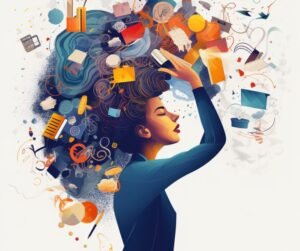

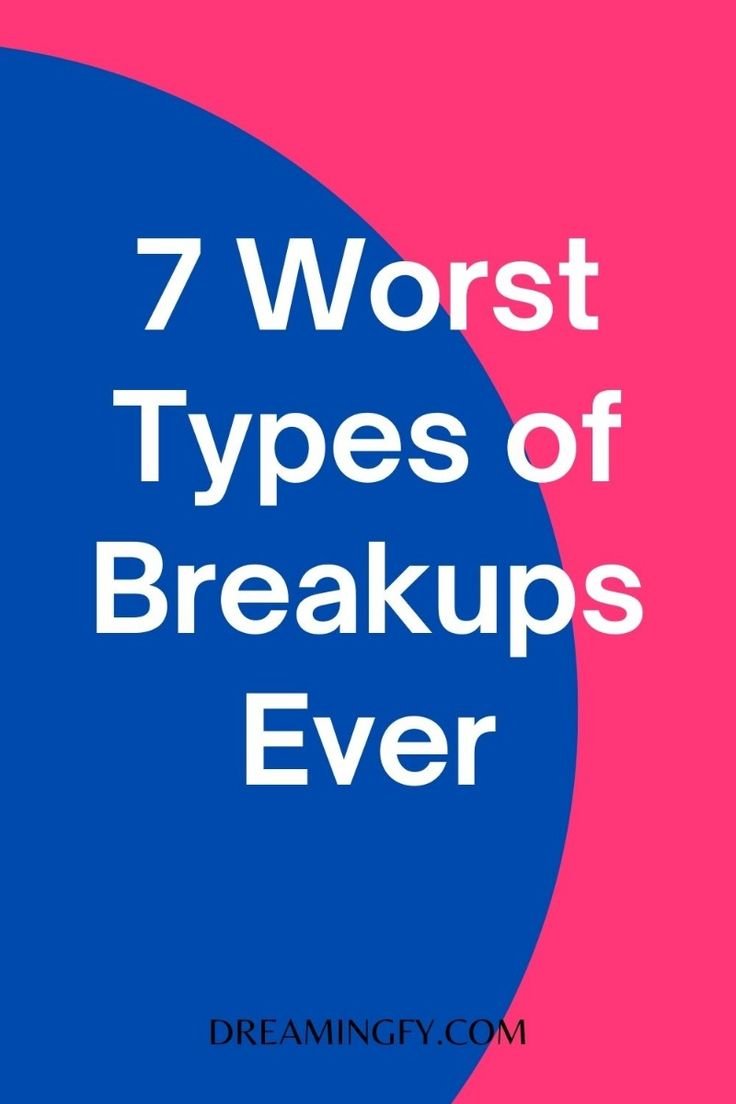

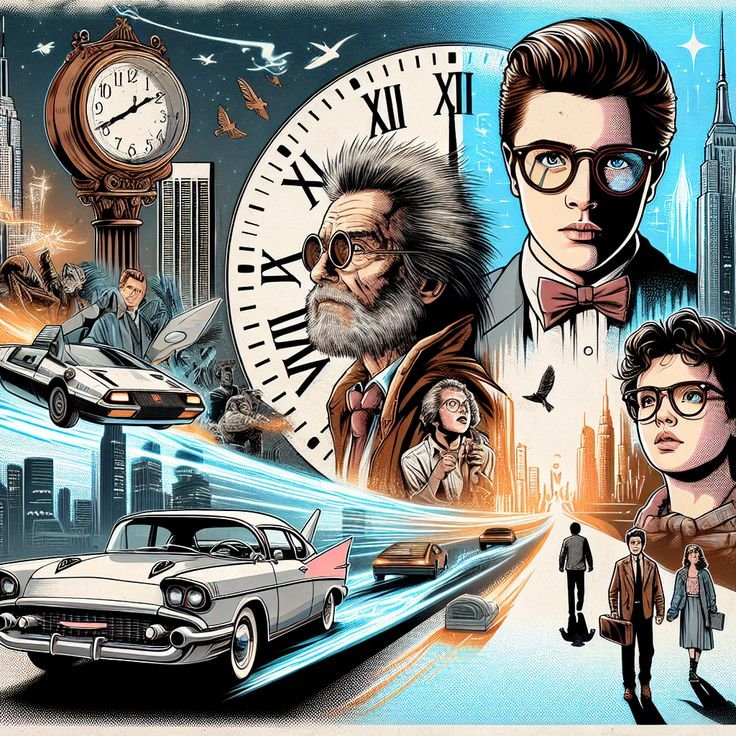





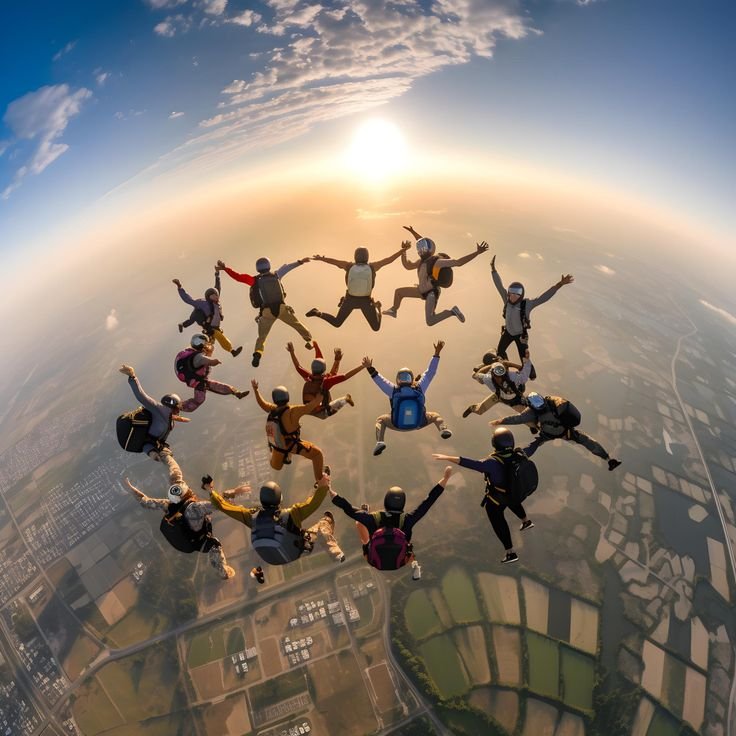
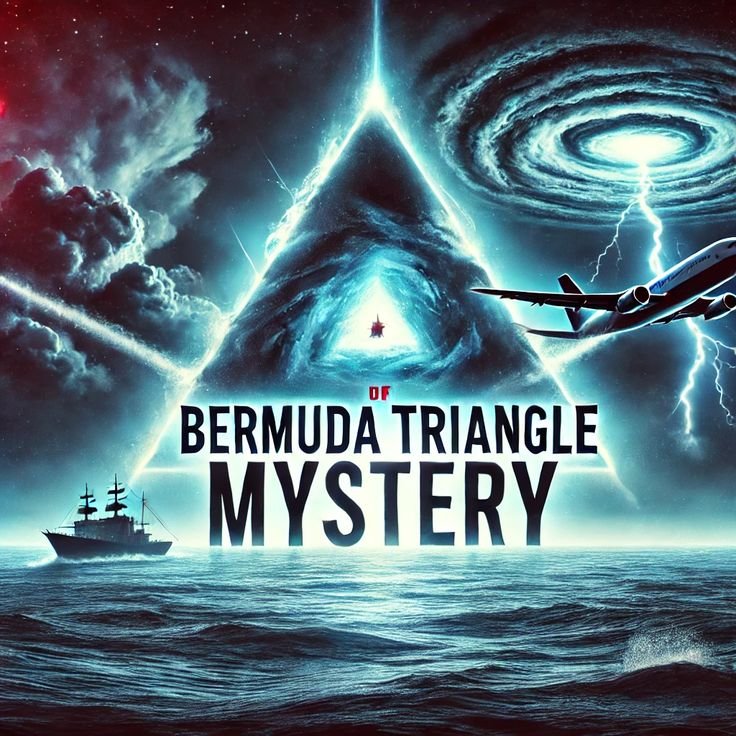

+ There are no comments
Add yours